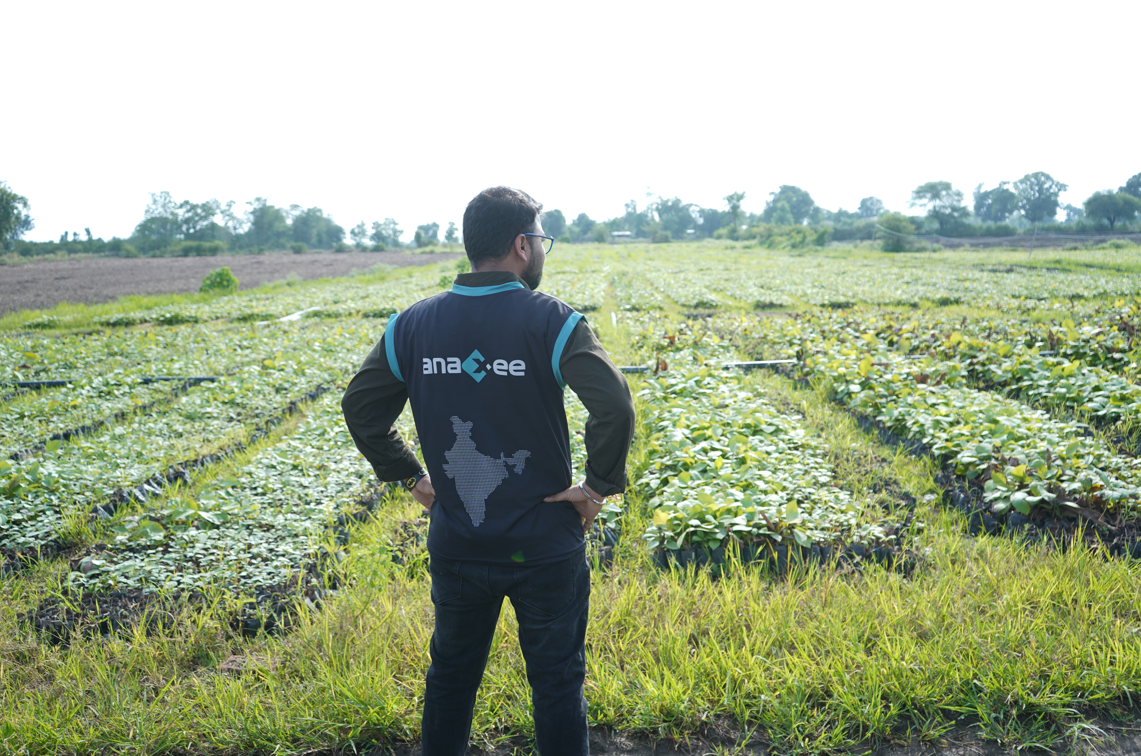BLOG
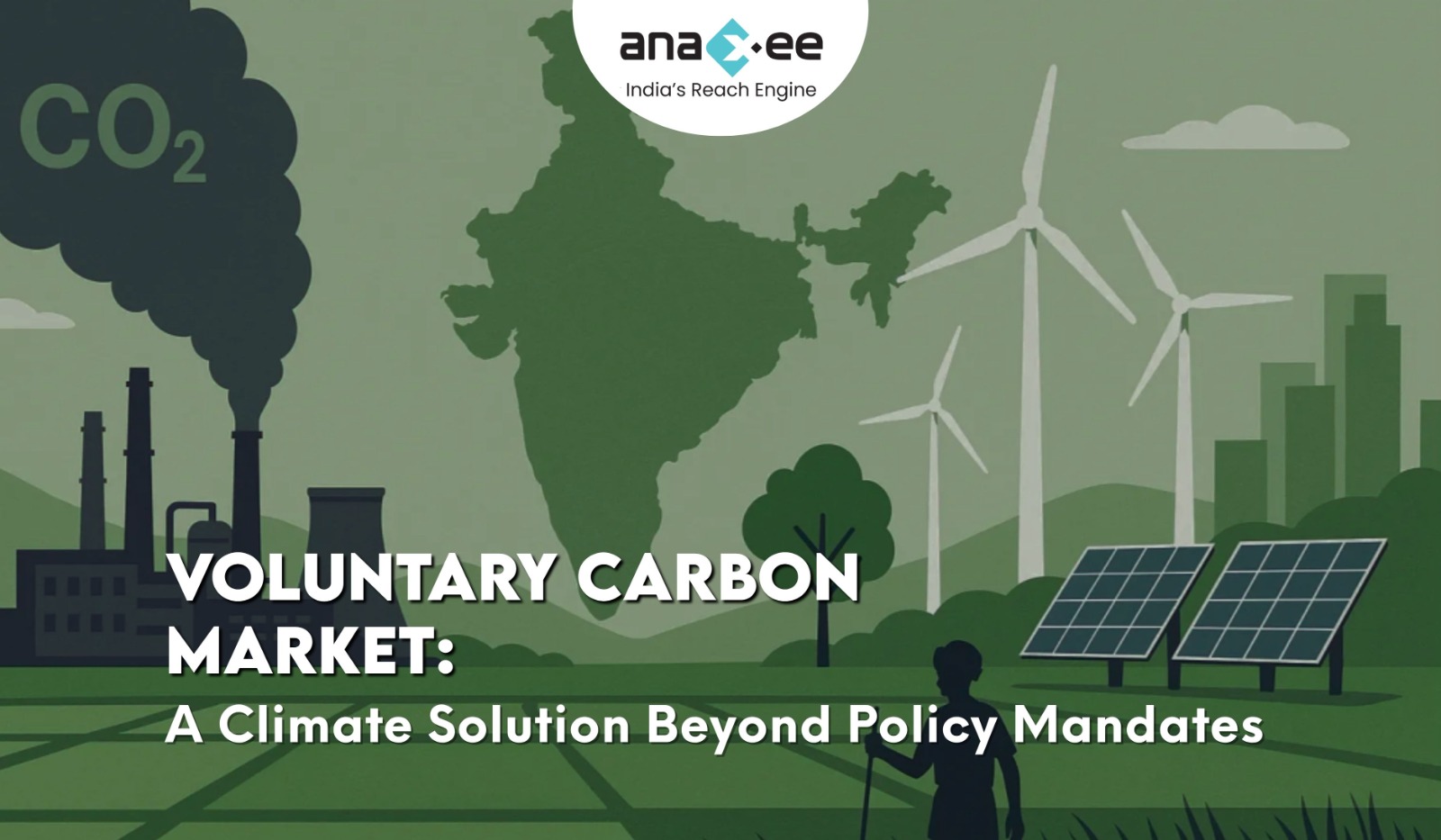
Voluntary Carbon Market Explained: Unlocking Climate Impact Through Verified Offsets | Anaxee
Voluntary Carbon Market: A Climate Solution Beyond Policy Mandates
The climate crisis is no longer a distant threat. It is a present reality reshaping weather patterns, intensifying natural disasters, and jeopardizing vulnerable communities. While governments are pushing regulations through mechanisms like compliance carbon markets, they’re not moving fast enough. That’s where the Voluntary Carbon Market (VCM) steps in- a dynamic, fast-evolving space where private actors voluntarily commit to reducing their carbon footprint and funding climate-positive action around the world. In India and across the Global South, the voluntary market has emerged as a powerful enabler of climate finance, especially for nature-based and community-driven projects.
Anaxee, a pioneer in last-mile climate execution, is deeply engaged in the Voluntary Carbon Market. Through its expansive rural network, the company helps originate, implement, and monitor high-integrity carbon projects — from agroforestry and bamboo plantations to clean cooking and solar access. But before we explore Anaxee’s role, it’s essential to understand what the Voluntary Carbon Market actually is, who participates in it, and why it matters more than ever in our fight against climate change.
What is the Voluntary Carbon Market?
The Voluntary Carbon Market is a decentralized ecosystem that allows companies, institutions, and even individuals to purchase carbon credits to offset their greenhouse gas emissions voluntarily- that is, outside of government mandates. Each carbon credit represents one tonne of carbon dioxide (or equivalent greenhouse gases) that has been avoided, reduced, or removed from the atmosphere through a certified project.
Unlike compliance markets (like the EU Emissions Trading Scheme), which are governed by regulatory frameworks, the voluntary market is shaped by independent standards such as Verra’s Verified Carbon Standard (VCS), the Gold Standard, and newer mechanisms under Article 6 of the Paris Agreement. These standards ensure that projects follow rigorous methodologies, undergo third-party audits, and generate real, measurable, and additional emission reductions.
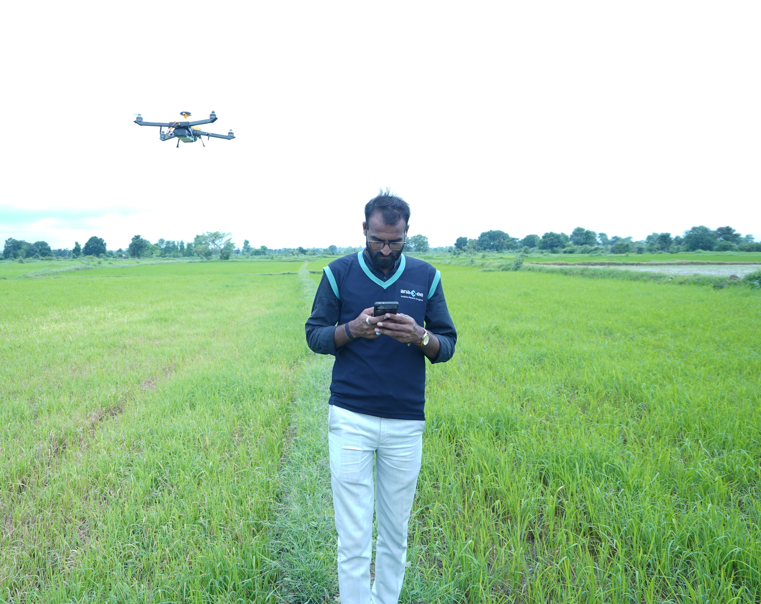
The VCM has grown rapidly in recent years, fueled by corporate net-zero pledges, ESG pressure from investors, and growing consumer expectations. Tech giants, FMCG brands, airline companies, and even fashion houses are now active buyers. In India, this market is becoming a crucial tool to channel climate finance to rural communities, indigenous groups, and farmer collectives — turning them into stewards of carbon sequestration and sustainable land use.
Why the Voluntary Market is Essential for Climate Goals
Despite all the policy talk, we are not on track to limit global warming to 1.5°C. The UN Emissions Gap Report consistently shows that government pledges under the Paris Agreement fall short of what is needed. This gap — between what is promised and what is actually required — is where voluntary action plays a vital role.
The voluntary market enables companies to go beyond compliance. It allows climate action today rather than waiting for regulations. It incentivizes investments in early-stage carbon removal technologies like biochar, regenerative agriculture, and blue carbon. It also provides a mechanism to price carbon, making the cost of pollution visible to businesses and consumers.
Moreover, the voluntary market is often the only viable source of funding for smallholder-driven and nature-based projects in the Global South. For many rural communities in India, carbon revenues can mean access to better livelihoods, clean energy, and improved resilience to climate shocks.
Inside a Voluntary Carbon Project: From Baseline to Credit
The lifecycle of a voluntary carbon project is both scientific and community-centric. It starts with selecting the right methodology — this could be a forestry protocol under Verra’s VM0047 for agroforestry, or a clean cooking standard under the Gold Standard. Next comes baseline data collection, where emissions in a ‘business-as-usual’ scenario are measured. This is followed by implementation — planting trees, distributing stoves, or restoring mangroves.
Then comes monitoring. Projects must track impact using satellite data, field surveys, digital MRV tools, or community reporting systems. Third-party validators verify that emissions have been genuinely reduced or sequestered. Only then can the project be issued carbon credits, which are listed on registries like Verra or Gold Standard and made available for sale to buyers.
At every stage, transparency and traceability are essential. That’s where Anaxee stands out — by integrating digital tracking, GPS mapping, AI-powered audits, and a 50,000+ strong Digital Runner network to ensure accuracy and scale.
Anaxee’s Approach to Voluntary Carbon Projects
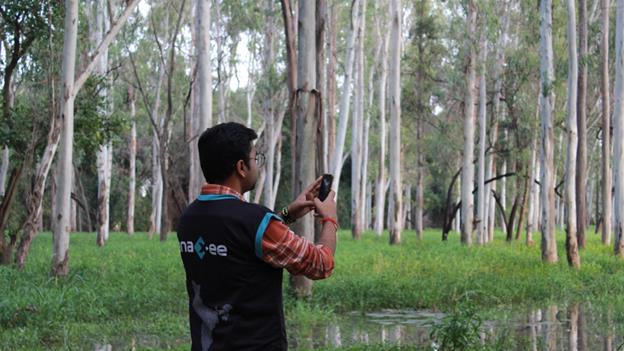
Anaxee is not just another carbon developer. It is a tech-first climate execution company built for India’s rural realities. Its core strength lies in last-mile delivery — a rare capability in the carbon world, which is often top-heavy and consulting-driven. Anaxee brings projects to life by working directly with farmers, panchayats, and local NGOs, while leveraging digital tools for implementation and monitoring.
For example, under Verra’s VM0047 methodology, Anaxee helps establish bund plantations on smallholder farms, enabling them to earn revenue through carbon credits while restoring degraded land. In clean cooking projects, Anaxee’s runners ensure household-level adoption and training, making sure stoves are not just distributed, but actually used- a key factor in verifying emission reductions.
Through such models, Anaxee offers corporates and carbon credit buyers a pipeline of credible, community-anchored carbon projects with verifiable impact. These aren’t just numbers on paper. They are climate stories unfolding on the ground- trees planted in tribal districts, cookstoves adopted by women-led households, solar panels lighting up off-grid hamlets.
Integrity, Additionality, and Co-Benefits: Why It Matters
The Voluntary Carbon Market has been under scrutiny for questions around project integrity and greenwashing. Not all carbon credits are created equal. Some projects may not deliver additional climate benefits — i.e., they would have happened anyway. Others may overstate impact or suffer from poor monitoring.
This is why project integrity is central to Anaxee’s philosophy. Every project is designed for additionality — meaning it only happens because of carbon finance. Monitoring is done through verifiable, tech-enabled systems. Community engagement is continuous, not one-time. And co-benefits — from biodiversity to women’s empowerment — are not afterthoughts but core design features.
As demand grows for “high-quality” credits, buyers are increasingly seeking projects that deliver more than just carbon — they want social, environmental, and ethical value. Anaxee delivers this by anchoring its projects in real India — diverse, decentralized, and development-driven.
Who Buys Voluntary Carbon Credits — And Why
The voluntary market attracts a wide variety of buyers. Corporate sustainability teams, ESG fund managers, airlines, tech companies, manufacturing giants — all are entering the space. For some, it’s about meeting science-based targets. For others, it’s part of their net-zero roadmap. Increasingly, brands also see carbon offsets as a way to enhance consumer trust and market positioning.
In India, companies are also starting to buy credits as part of their CSR or ESG strategy. Some do it to align with SEBI’s BRSR guidelines. Others see it as a reputational hedge — being proactive in a market where carbon regulations are evolving. For international buyers, Indian carbon projects offer an opportunity to support low-cost, high-impact climate action.
Anaxee bridges this demand by offering end-to-end solutions — from project origination and MRV to credit issuance and retirement. Whether you’re a global buyer or an Indian corporate, Anaxee provides carbon credits you can trust — rooted in science, powered by tech, and verified on the ground.
The Road Ahead: Scaling with Trust and Technology
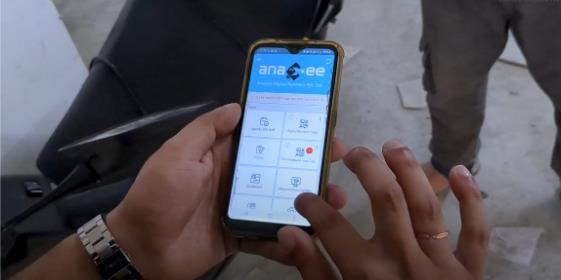
The Voluntary Carbon Market is not static. It is evolving fast, shaped by trends like digital MRV, blockchain registries, Article 6 linkages, and the rise of carbon rating agencies. As integrity becomes non-negotiable, projects will need to demonstrate clear impact, transparent data, and social value.
Anaxee is ahead of the curve. Its in-house tools track plantation density via satellite, monitor clean cooking usage through mobile surveys, and use AI to detect project anomalies in real time. This tech backbone allows Anaxee to scale without compromising credibility.
More importantly, Anaxee believes in decentralization — in giving rural communities agency over their carbon assets. Whether it’s farmers planting trees or women switching to clean fuels, the benefits must be shared fairly. That’s the only way to make the voluntary market not just viable, but just.
Conclusion: Why the Voluntary Carbon Market Needs India — and Anaxee
India is a climate paradox. It is both a major emitter and a vulnerable nation. It is home to coal plants and forest cover. It faces rising emissions, yet offers massive potential for carbon removal. In this context, the Voluntary Carbon Market is not just a financial instrument. It is a development lever. A way to finance climate action in places that need it most — rural India, tribal regions, and smallholder farms.
Anaxee’s mission is to make this market work — for the planet and the people. By combining grassroots reach with digital precision, it delivers climate projects that are scalable, verifiable, and equitable.
If you’re a company looking to buy credible carbon credits, an NGO planning to implement a nature-based solution, or a climate investor seeking high-integrity projects — Anaxee is your partner on the ground.
Call to Action:
Partner with Anaxee to build real, impactful, and verifiable carbon projects in India. Reach out to us at www.anaxee.com to explore climate solutions powered by technology and rooted in rural communities.
